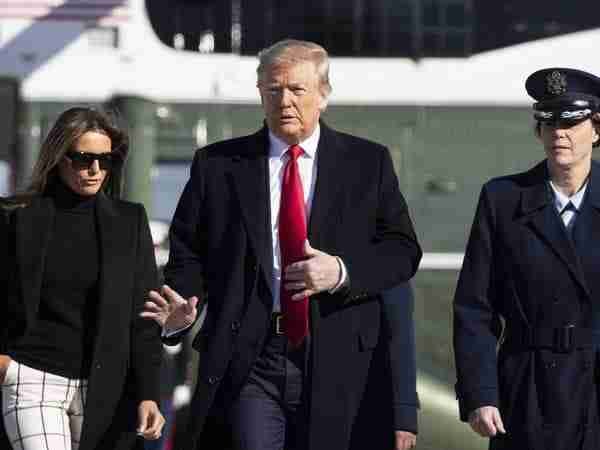Battling The Maoist
The Maoist insurgents have been expanding their footprint across India’s heartland over the past several years, and their red line of rebellion now runs from Pashupati (in Nepal) to Tirupati (in South India). At its height, the Maoist insurgency was visible in over 200 districts across India, although a closer look at the efficacy of Maoist groups showed that only 33 districts were actually severely affected in central India. But it was still serious enough for the Prime Minister, Dr. Manmohan Singh, to state on record on more than one occasion, that the Maoist insurgency “was the single biggest internal security challenge ever faced by our country”. But only now has the Home Ministry decided to use sufficient force to give the Maoists a resounding hammering, with the Home Secretary R K Singh, keen to up the ante by asking for 30,000 men from the army’s Rashtriya Rifle units and IAF’s helicopters.
This view has gathered momentum after the Maoist crossed the lines of acceptable conduct by planting IED’s (bombs) inside the body of a CRPF jawan killed in Jharkhand’s Latehar district. Furthermore, with the Maoist having recently shot down an IAF helicopter in Chhattisgarh’s Sukhma district, the earlier reluctance to use to use the air force (helicopters) – even for non-aggressive operations like recce and quick movement of troops to an operational location- could be set aside. But the Home Secretary has run into opposition in Delhi, with the Indian army chief General Bikram Singh, reluctant to apply “quick-fix-solutions”, i.e, excessive force, for battles like the Naxal insurgency, that could on go for another decade or more, if the Indian experience in the North East and J&K is anything to go by.
While the Home Secretary is rightly keen on using air power (like the US did in Vietnam and Sri Lankan forces did against the LTTE) to re-gain the initiative that has been lost in this decade long conflict in Central Indian jungles essentially because of politics bureaucratic ineptitude and in decidedness, what the Indian army wants is a long term plan. History has shown that there’s a need for containing an insurgency before it can be solved. For this the government’s forces must have the upper hand, before applying the “carrot and stick policy” of offering sops to the anti-national elements in response to their demands, while making it known that you have the force levels to punish them, if they don’t fall in line.
Historically, insurgencies have been contained and eliminated by a three part strategy that involves: (a) The use of necessary military force, with graduated levels of increase, to counter the aggressiveness of insurgents; (b) and while military operations are being enforced – though this could take from a few months to few years – the government must have ideas and initiatives ready with plans for infrastructure upgrades that would address the basic grievances of the alienated people, who took to arms in the first place. (c) Finally, when military operation are reduced to a minimum and the ground situation is under control with the implementation of initiatives, then ‘talks’ must be initiated to address the political demands of the locals, with fixed timelines for political deliverables.
But above all else, to successfully battle an insurgency, all major governmental agencies must be on the same wavelength. For India’s Ministry of Defence and the armed forces to distance themselves for the challenges of this grave internal challenge, by claiming that this is not their battle (while the insurgencies in the North Eastern and Kashmir, are) shows double standards. And here the Prime Minister would do well to exercise his authority, to get the get the nation’s forces to participate in and collectively address a problem, that he himself has labelled as “India’s gravest threat” on a more occasion than one.
(The authors are with Security Watch India, an Counter Terrorism Initiative. These are their personal views.)



